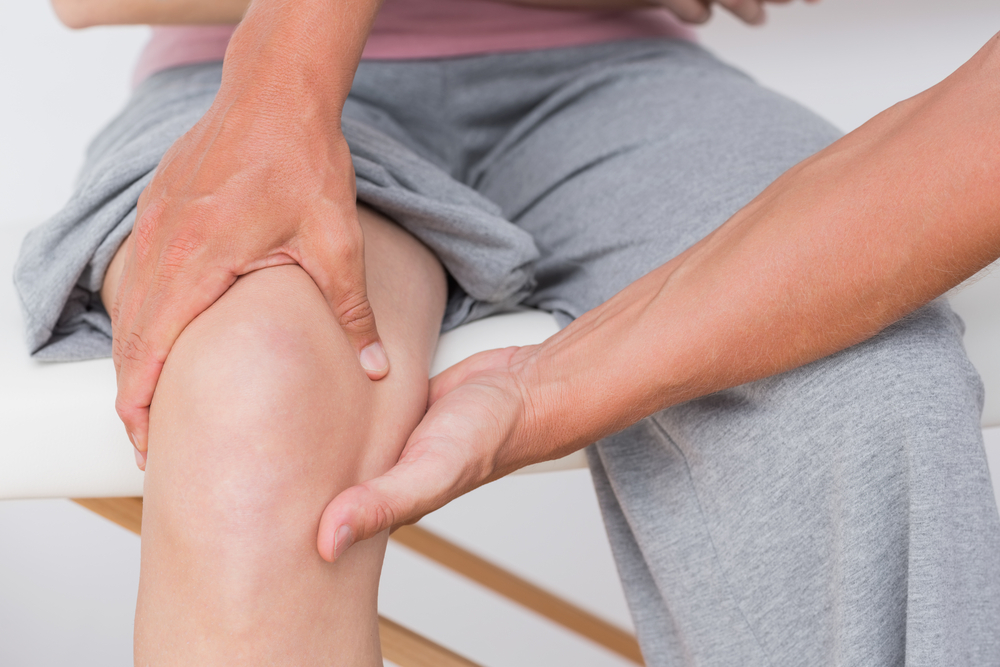Motor Skills Therapy for Cerebral Palsy and Stroke Patients May Also Help Those with MS

An established rehabilitation technique for cerebral palsy and stroke patients shows promise in improving motor functions in people with multiple sclerosis (MS), new study shows.
The research “Phase II Randomized Controlled Trial of Constraint-Induced Movement Therapy in Multiple Sclerosis. Part 1: Effects on Real-World Function” was published in the journal Neurorehabilitation and Neural Repair.
Edward Taub, Ph.D, a neuroscientist at the University of Alabama at Birmingham (UAB), developed constraint-induced movement therapy (CI) as a rehabilitation technique for non-progressive neurological diseases, including stroke and cerebral palsy.
The therapy’s working principle is to counteract the so-called learned non-use principle, where in the presence of an impaired limb, cerebral palsy and stroke patients tend not to use the affected limb for daily life activities, even if the limb improves.
CI was designed to restrain the use of the stronger limb, while applying an intensive training to the impaired one.
It was shown to improve real-life motor disability in cerebral palsy and stroke-affected patients. A randomized controlled clinical trial showed that children receiving pediatric CI significantly improved their motor skills when compared to those treated with conventional physical and occupational therapy.
Cerebral palsy results from an injury in the developing brain of a fetus, baby or young child. The brain is composed of white matter and grey matter, and different types of matter injury in the brain associate with different forms of the condition. CI therapy was also found to increase grey matter in children with cerebral palsy.
The therapy also involves behavioral training, where patients are encouraged to improve motor skills, even if at small scales, and to make use of motor benefits realized during training session in their everyday life.
Whether CI could also help with motor abilities in people with progressive neurological diseases like MS, however, was not known.
MS patients often show a greater motor deficit on one side of the body, much like stroke patients, which can support learned non-use behavior.
Researchers recruited MS patients and randomized them to either a CI therapy group or a control group treated with complementary and alternative medicine (CAM therapy).
The CI therapy group underwent 35 hours of intense rehabilitation, while the control group performed holistic exercises, such as pool exercise and yoga, for 35 hours. Both therapies took place over 10 consecutive weekdays.
Results showed greater improvement in motor function in the CI therapy patients than in control patients, measured by Motor Activity Log, an interview-based measure of use and quality of movement in affected limbs of stroke patients.
“CI patients improved on average 2.7 points on the scale ranging from 0 to 5 points, while CAM patients saw an improvement of only 0.5 points,” Victor Mark, MD, an associate professor in the Department of Physical Medicine and Rehabilitation at the UAB School of Medicine and study’s first author, said in a university news article by Bob Shepard.
Benefits reported “did not change at one-year follow up, suggesting that CI therapy can increase real-world use of the more affected arm in patients with MS for at least a year,” the study also noted.
A second study,“Phase II Randomized Controlled Trial of Constraint-Induced Movement Therapy in Multiple Sclerosis. Part 2: Effect on White Matter Integrity,” published in the same journal, showed that CI therapy improved white matter integrity, while the CAM group showed no such changes.
“While certainly preliminary, these findings suggest that the adverse changes in white matter integrity induced by MS might be reversed by CI Therapy,” Mark said. “Studies over the past 25 years have validated CI therapy for stroke and other motor deficits, and its use in MS is really just beginning,”
“What is truly fascinating is its effect on a degenerative disease such as MS. We know CI Therapy is effective for stroke and cerebral palsy, which are static diseases — patients don’t get worse. What we are showing here is that CI Therapy can also improve function in patients with a progressively worsening disease,” he added.


